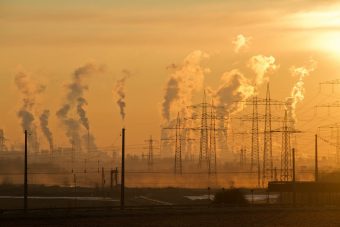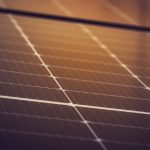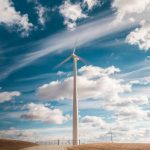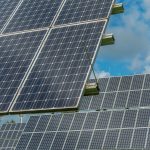
What is pollution and how does it affect us and the environment? Europe is taking action to reduce pollution and, as part of the European Green Deal, the European Commission put forward a zero-pollution ambition for Europe. A new European Environment Agency (EEA) report, published today, looks at the pollution challenge in Europe from different angles as well as opportunities to clean up and prevent pollution.
The report ‘EEA Signals 2020 – Towards zero pollution in Europe’ presents an overview of air, water and soil pollution as well as other angles to the topic, based on previously published EEA information and data.
‘EEA Signals 2020’ looks at different types of pollution and their sources. The report presents measures to improve air quality, which would improve people’s health, main pressures on Europe’s freshwater bodies and seas, and how soil pollution is still a wide-spread and growing problem.
The report presents an overview of trends in industrial pollution and how synthetic chemicals and environmental noise affect Europeans’ health. An interview with Francesca Racioppi, Head of the World Health Organization’s European Centre for Environment and Health, dives deeper into the health effects of different types of pollution. Professor Geert Van Calster, from University of Leuven, discusses the benefits and shortcomings of the ‘polluter pays’ principle.
More:
Earlier this month, the European Commission launched their roadmap on an EU Action Plan “Towards a Zero Pollution Ambition for air, water and soil – building a Healthier Planet for Healthier People”. The roadmap, which is open for public feedback until 29 October 2020, outlines EU plans to achieve zero pollution by better preventing, remedying, monitoring and reporting on pollution.
The EEA Signals report is an annual, easy-to-read publication, consisting of a series of short articles, that looks at key issues related to the environment and climate. Recent EEA Signals reports have looked at soil (2019), water (2018), and energy (2017).
Source: EEA





